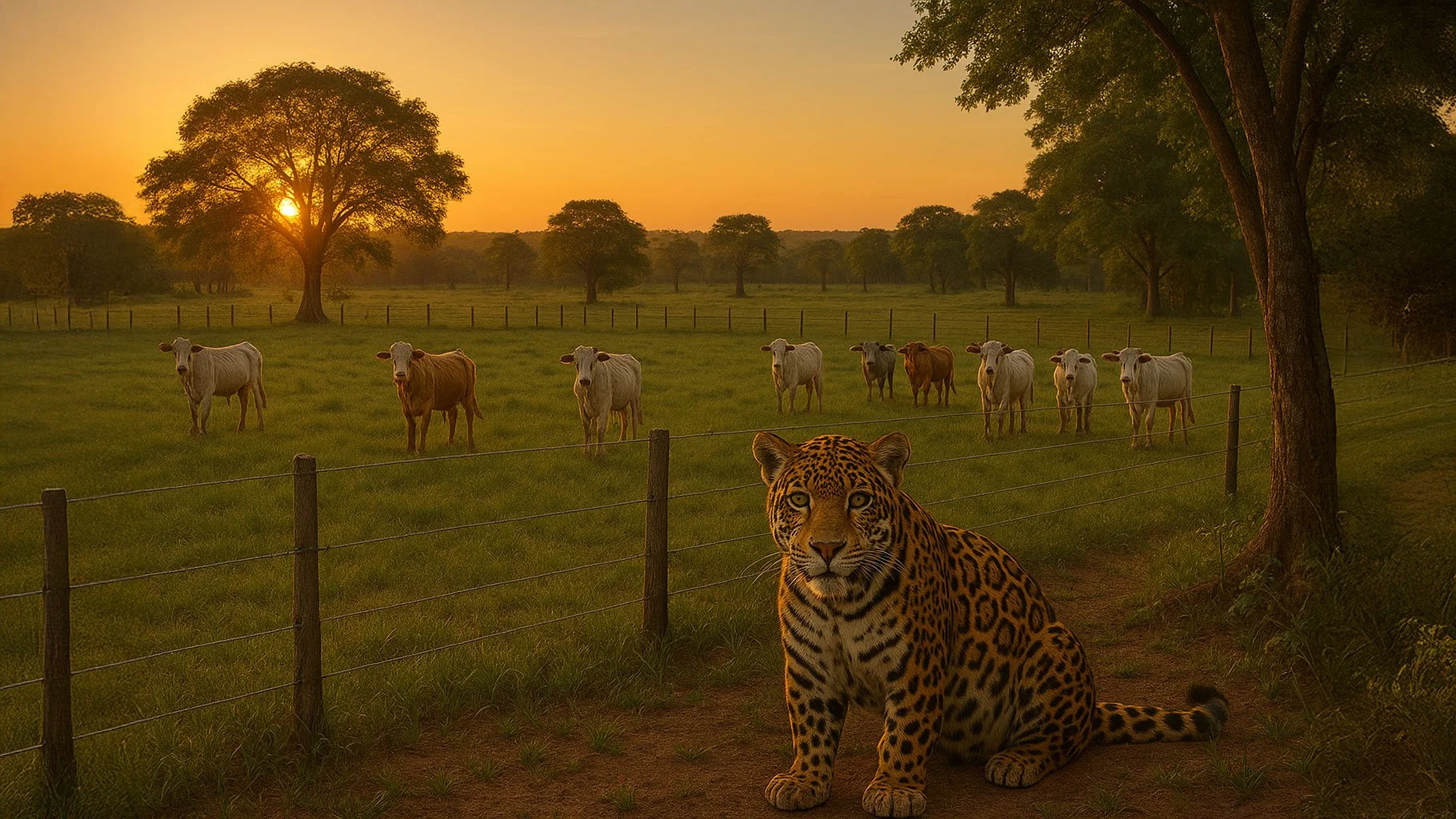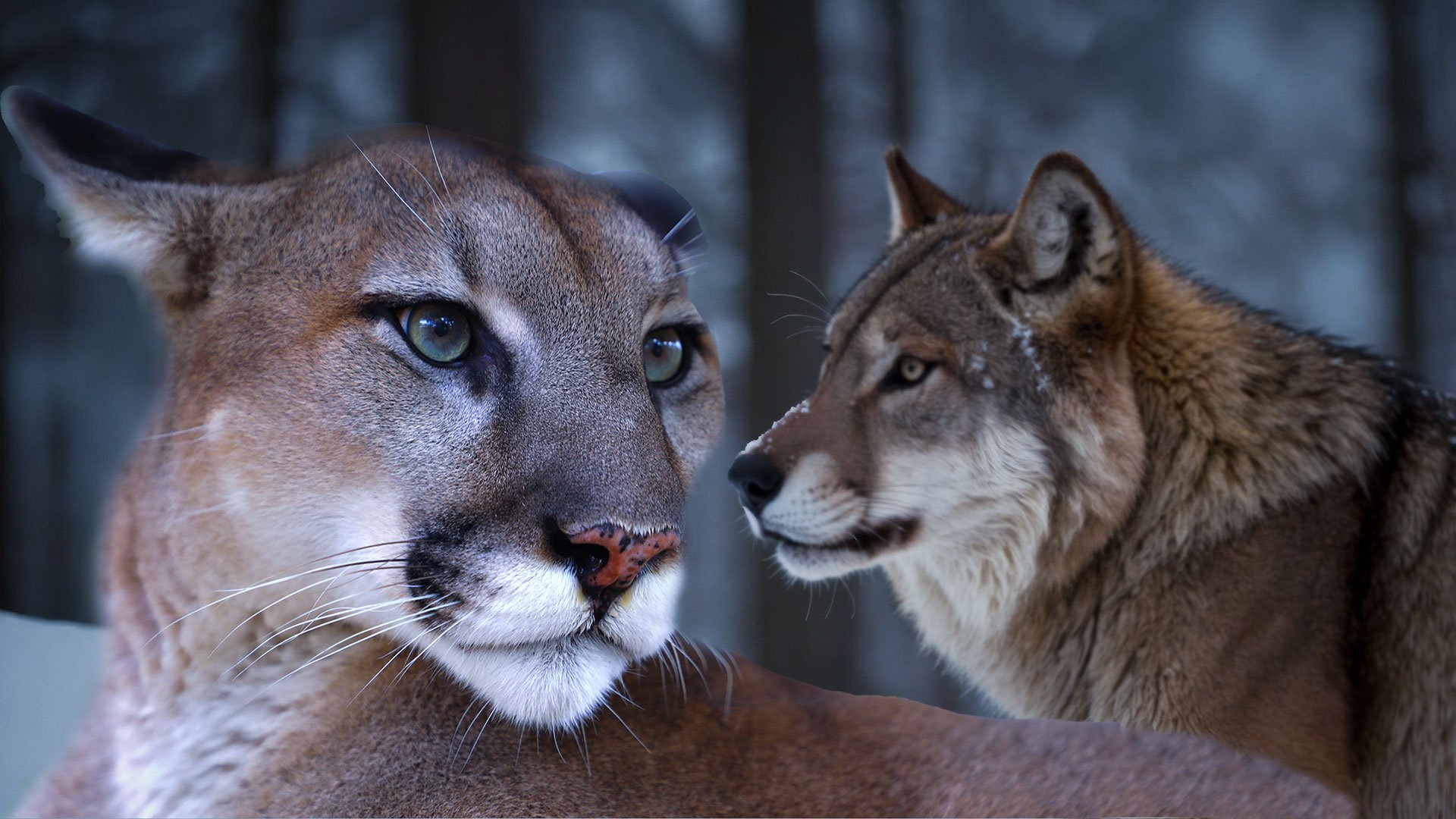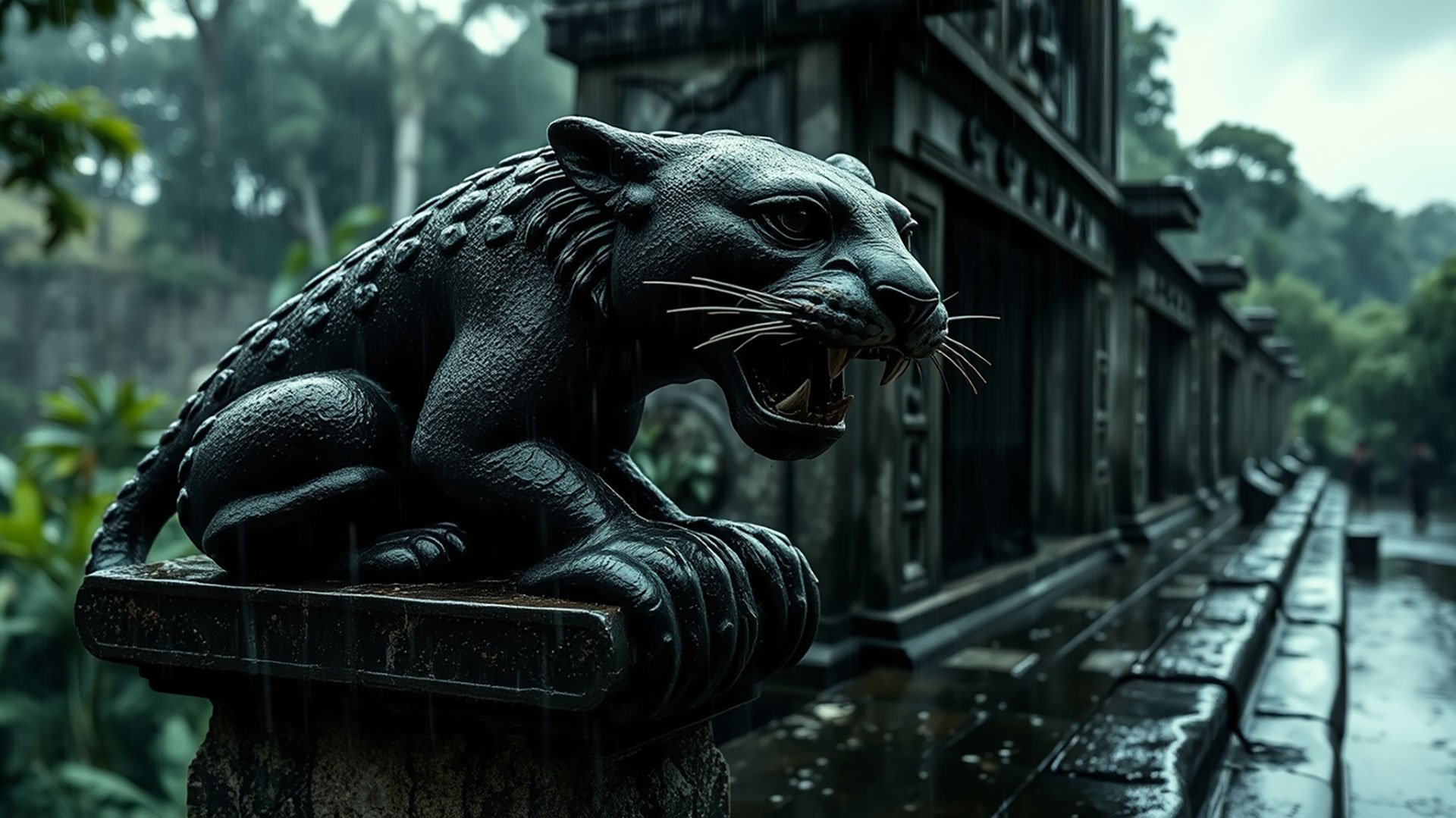When the Fire Comes for the Forest: Jaguars, People, and the Crisis in Brazil’s Pantanal
In the heart of South America lies a place of astonishing beauty and ecological richness—the Pantanal, the world’s largest tropical wetland. A land of mirrored waters, whispering reeds, and sun-dappled caimans, it has long been a safe haven for the Americas’ largest feline: the jaguar. But in recent years, this delicate dance between predator and people has turned into a struggle for survival—for both sides.
The Day the Jaguar Came for Beto
It was just another quiet morning in Serra do Amolar, a mountainous sanctuary nestled in Brazil’s Mato Grosso do Sul state. Beto Arruda, a boat pilot and nature guide, stepped outside to fetch water from a spring. But as he returned home, he encountered something no local ever forgets: the fixed, golden stare of a jaguar. It was ready to pounce.
Beto ran, narrowly escaping by hiding behind a tree. The jaguar slashed at him before seizing his dog, Elói, who gave his life defending his owner. Yet even after such a harrowing moment, Beto bears no resentment. “I work with community-based tourism. We spot jaguars. I advocate for their preservation,” he says.
A Vanishing Line Between Wild and Home
Jaguars don’t hunt people. But increasingly, they are appearing not in forests but on doorsteps—drawn in by hunger. Fires have ravaged the Pantanal since 2020, wiping out critical habitats and the animals jaguars depend on for food: capybaras, caimans, peccaries. With their prey gone, jaguars prowl chicken coops, dog pens, and backyards.
Artisan Leonida Aires, or “Dona Eliane,” has watched this transformation with growing fear. In her village of Barra do São Lourenço, she’s counted over 60 dogs killed by jaguars. She and her husband alone lost 21. One attack played out right outside her window—swift, silent, brutal.
Jaguars now leave prints at the top of her stairs.
“I haven’t slept in days,” she says. “We hear them at night, prowling our backyards. It’s changed how we live.”
Conflict Born of Climate Chaos
These escalating encounters are not isolated events. They are symptoms of a much larger ecological breakdown.
The 2020 fires in the Pantanal burned so hot and so deep that nearly half the region’s jaguar population—some 746 individuals—were directly impacted. Today, their habitat is fragmented, their range expanded, and their natural diet diminished. From the Taiamã Ecological Station to Serra do Amolar, jaguars are simply trying to survive.
Diego Viana, a veterinarian and ecologist, notes that this shift has nothing to do with jaguar aggression and everything to do with desperation. “They expanded their range in search of food,” he explains. “Now they find it among domestic animals, at the edge of human settlements.”
A Shared Territory, A Shared Burden
Still, many locals feel abandoned. “It seems our lives are less important than those of the jaguars,” says Dona Eliane. The community once tried to raise money to build protective fences around their homes and school. They didn’t meet their goal.
But it’s not just the villagers who are navigating this tightrope. For conservationists, it’s a battle to prevent retaliatory killings that threaten already vulnerable jaguar populations—now estimated at around 4,000 in the Pantanal.
Viana advocates for long-term coexistence strategies that combine traditional knowledge and science: proper lighting, fencing, keeping pets indoors, disposing of garbage responsibly, and never, ever baiting jaguars for tourism.
The Risk of Getting Too Close
That last warning is painfully relevant. In April 2025, ranch caretaker Jorge Ávila was killed by a jaguar near the Miranda River. Experts believe baiting—feeding jaguars to attract them for photos—contributed to the tragedy. It erodes the natural fear jaguars have of humans, making dangerous encounters more likely.
“This is not a pet,” says Rogério Cunha de Paula of Brazil’s environment ministry. “Trying to attract a jaguar closer is disrespectful toward a wild being.”
Pathways to Coexistence
There is hope. Institutes like Reprocon are stepping in to support coexistence. Their efforts include education campaigns, monitoring programs using GPS collars and camera traps, and sustainable livelihood initiatives that benefit both jaguar conservation and local communities.
But these efforts must be continuous, not reactionary. “We need a permanent presence,” says Viana, “not just when a tragedy happens.”
Because the future of the Pantanal—and the mighty jaguar—depends on something deeper than conservation alone. It requires compassion, collaboration, and a fierce commitment to shared survival.
Final Roar
If we fail the jaguar, we fail ourselves. The Pantanal is not just a landscape—it is a living mosaic of jaguar trails, human stories, and fragile ecosystems, all interwoven. When the fires come for the forests, they come for us all.
Let us rise, together, in defense of both people and predators.
🌿 Donate to support community conservation at BigCatRescue.org. Every gift brings us closer to a world where wild cats thrive—in the wild, where they belong.
Read more: https://news.mongabay.com/2025/06/ecological-crisis-in-brazils-pantanal-fuels-human-jaguar-conflict/
















